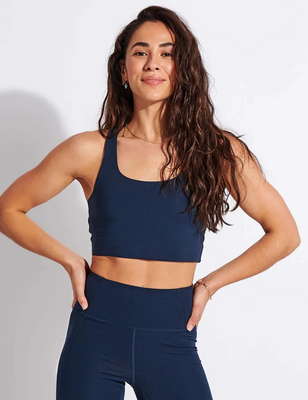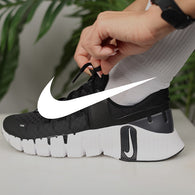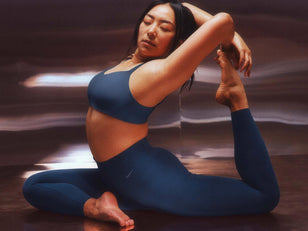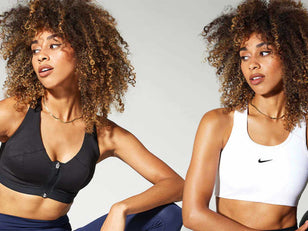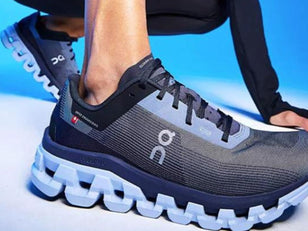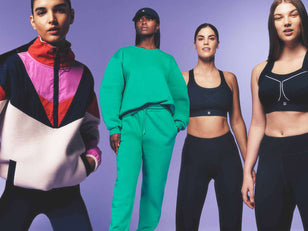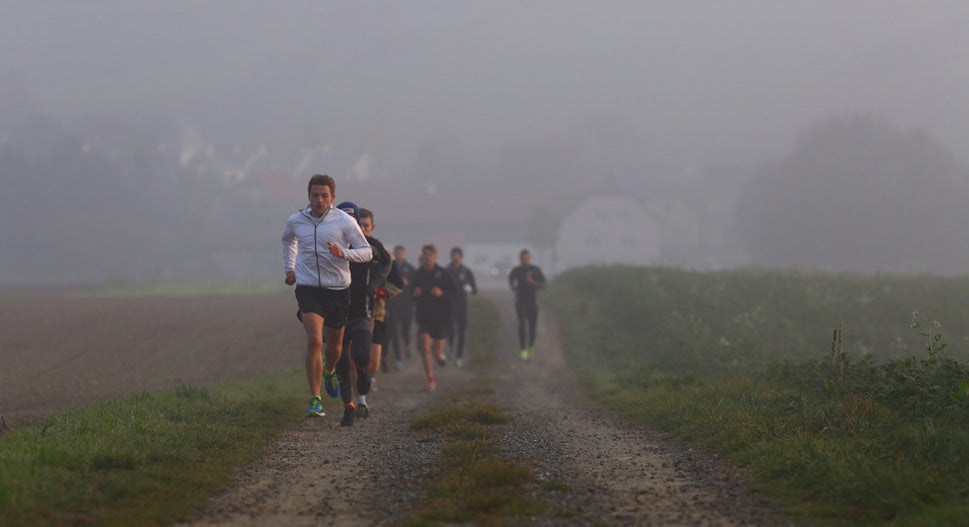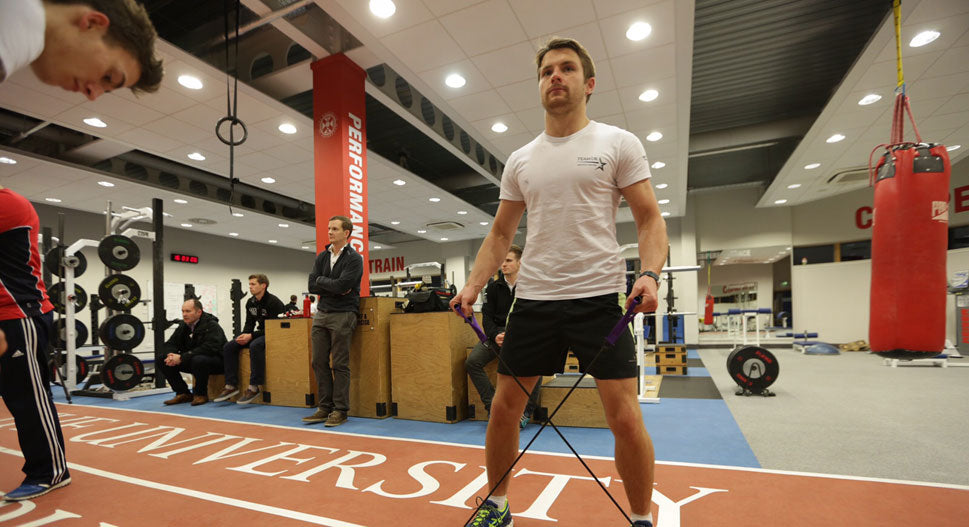
Words by Jordan King
Ever dreamed of being a racing driver? Well you need to be very fit, strong and super lean. These days all leading drivers are serious athletes, withstanding intense physicality in races, with G-forces and a sustained high heart rate all taking their toll. So how do drivers get race-ready, building strength and stamina whilst needing to typically weigh in at under 70kg, however tall they are? We caught up with our man Jordan King, the British racing driver enjoying his debut season in IndyCar in the US, where he broke the track record in qualifying on his first race. What are the secrets of his training regime?
Pre-season Training
The aim of pre-season training is to increase overall fitness, building strength, endurance and everything in between. It is important to go beyond what is needed in the car, as in season the time for training is limited. I also work on key areas that have been identified as weaknesses from the previous season, and need improving. I enjoy lots of sports but my main three outlets are:
- Triathlon, which is good for variation
- Athletics, training and competing at a county level
- Gym based work
During the winter months my training is all based around improvement and really increasing the load and intensity. Leaving adequate time for recovery is important, as I have to be careful to avoid injury, given the intensity of pre-season. I use triathlon as a great way to keep my training varied and fun, but in turn this also helps to stop overloading in one specific area. The main goal of this aspect of my training is to increase aerobic capacity and endurance, as our races are over two hours long and require a lot of mental focus, as well as requiring us to endure very high temperatures. So pushing hard on a long ride or run really helps prepare you for this.
I find the swimming to be the most beneficial of the three disciplines; it is predominately an upper body workout with very similar muscle groups to driving, but my favourite part is the fact you have to hold your breath which is the same as driving the car, as due to the high G force through corners, you normally hold your breath to brace yourself. Also, overall breathing is restricted due to the tight cockpit and seatbelts.
I use Athletics as my higher intensity ‘race pace’ workouts. It keeps the training fun, as you are with a group of people, which also helps you train much much harder than when you are on your own. This is typically twice a week, with the odd race thrown in, either cross country or 400m/ 800m on track. These sessions can vary quite a bit, from 6 x 1km, hills, or a pyramid type session, and the beauty of an athletics session is it really can be made into anything you like.
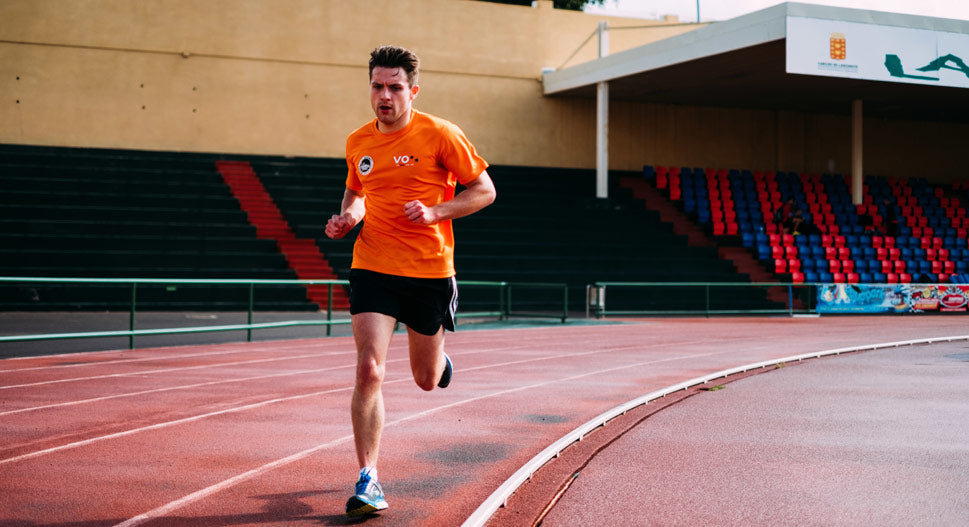
Finally the gym work is comprised of two specific parts; strength endurance and stability, coupled with some very sport specific exercises. The strength endurance and stability aspect is really designed to reflect the forces within the car. The long races and high G force require a lot of strength from your trunk, shoulders, neck and arms, as well as a strong lower back, glute and leg complex to be able to hit the brake pedal with enough force.
In Season Training
The in season work is mainly about maintaining fitness and the good overall wellbeing of your body, so the load really drops off and the focus shifts to maintained energy work to prevent injury.
Corrective Work
A key aspect of my training is the corrective work which translates well to everyday life and helping your general well-being. Whilst most people have the problem of being desk bound all day, I am sat in a racing car where both the position itself and its restricted nature can cause problems. A lot of my time is spent trying to correct that position and my posture. First comes general mobility, due to being strapped in so tight and maintaining a high work load for a long period of time, resulting in your range of motion being reduced. So within my training there is a lot of mobility work to keep a good range of motion. More specific areas that I work correcting would be exactly the same if you are sat at a desk all day: Tight (short) hip flexors which creates a forward rotated pelvis which in turn adds a lot of loading to the lower back. A rounded thoracic spine is another big area to put your T spine back into extension as well as keeping the vertebra moving throughout your spine as they can lock up after spending a lot of time in one position.
My Three Must Have Fitness Travel Accessories
- Foam roller - a foot long hollow roller is the best for traveling as you can fill the centre up with clothes.
- A foam roller peanut double ball and tennis balls - these are great for getting stuck into your thoracic spine and using the tennis balls to get into areas the foam roller can’t get.
- Thera-bands, great for warming up, movement drills and stretching.
To learn more about Jordan's debut IndyCar season have a look at JordanKing42




